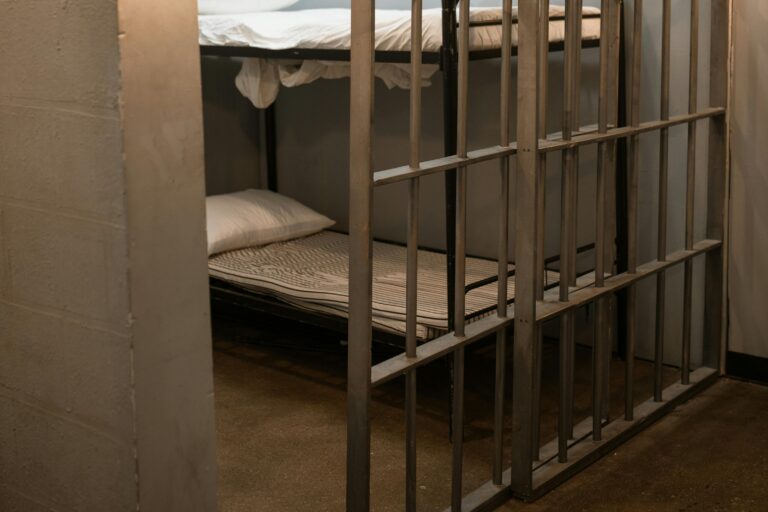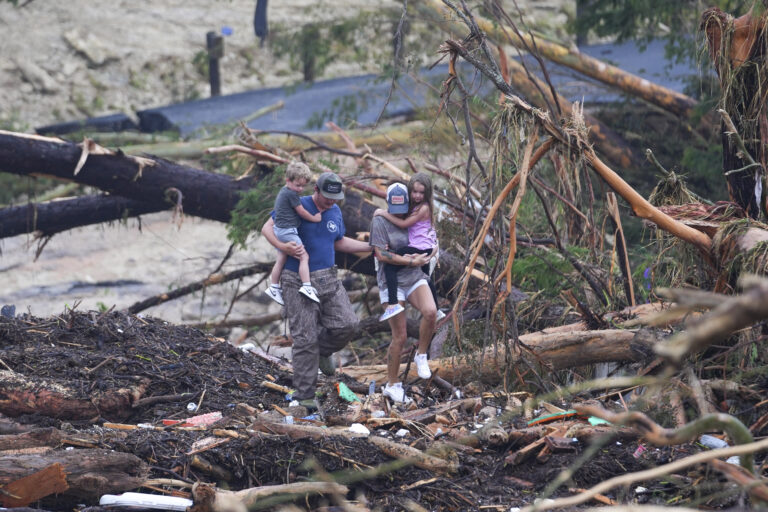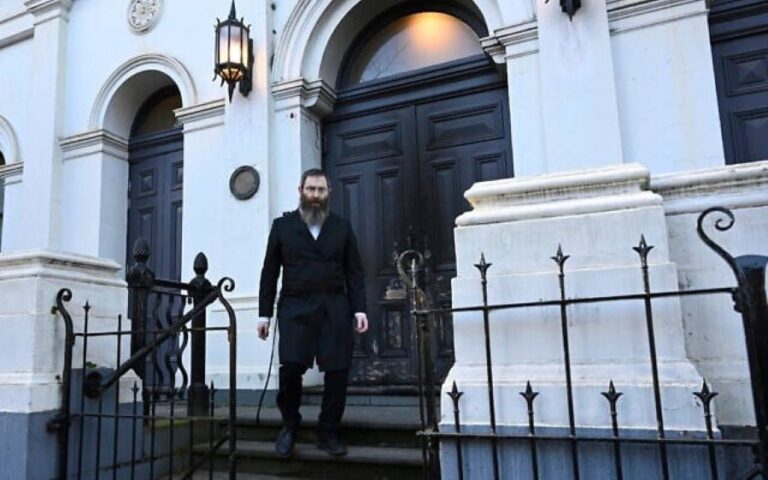 A magnitude-6.0 earthquake struck the San Francisco Bay Area early Sunday. Scientists say it was the largest earthquake to hit the region in 25 years. The quake struck at 3:20 a.m. about 6 miles from the city of Napa and reportedly lasted between 10 and 20 seconds. Here is a look at some of the basic questions about the science behind the quake that has shaken so many in California.
A magnitude-6.0 earthquake struck the San Francisco Bay Area early Sunday. Scientists say it was the largest earthquake to hit the region in 25 years. The quake struck at 3:20 a.m. about 6 miles from the city of Napa and reportedly lasted between 10 and 20 seconds. Here is a look at some of the basic questions about the science behind the quake that has shaken so many in California.
——
Q: What caused Sunday’s earthquake?
A: Kate Hutton, a seismologist at the Caltech Seismological Laboratory in Pasadena, California, says all earthquakes in the state are caused by motion between two tectonic plates — the North American plate and the Pacific plate. The plates move horizontally past each other about 2 inches a year. A deformation or strain develops over time in the Earth’s crust. “Then something breaks and moves suddenly and that’s an earthquake,” Hutton said. “If it happens to be a big motion, it’s a big earthquake.”
Q: Was there any seismic activity in recent weeks that could have set the stage for this earthquake?
A: Most earthquakes happen at random without any precursory seismic activity or what are called “foreshocks.” Brad Aagaard, a seismologist at the U.S. Geological Survey in Menlo Park, said there was a small seismic “event” recorded on Aug. 5 near the area of Sunday’s quake. But it wasn’t any kind of sign. “In the past three weeks, there’s been no indication in that immediate area that this was going to happen,” Aagaard said. “That’s consistent with what happens most of the time.”
Q: On what fault line did this earthquake occur?
A: A team of seismologists, engineers and other experts go out in the field after a major earthquake to determine the fault line it took place on. The USGS is still trying to figure out where this quake occurred. According to Aagaard, scientists will be looking for cracks at the surface. However, the earthquake appears to be near the West Napa Fault.
Q: How did this earthquake compare to the Loma Prieta earthquake in 1989?
A: The San Francisco Bay Area was shaken by a magnitude-6.9 earthquake on Sept. 17, 1989. A 0.9 difference may sound small on paper, but not on the seismic scale. Hutton, of Caltech, said if Sunday’s quake had been one full point bigger, it would have had “30 times more energy.” If the quake were a perfect circle, it would be 6 miles in diameter. A magnitude-7 quake would have three times that length, Aagaard said.
Q: How long can we expect aftershocks and how strong will they be?
A: There have already been more than 50 aftershocks since Sunday’s earthquake. All have been greater than magnitude 1, with the largest — so far — at 3.6 at 5:45 a.m. Sunday. “We expect they will occur less frequently but they won’t necessarily be smaller,” Aagaard said. There is a 50 percent chance of a magnitude-5 aftershock happening in the next week, he said.
(AP)











7 Responses
The answer to everything is global warming.
Q: What caused Sunday’s earthquake?
A: משכב זכור
there was a small seismic “event” recorded on Aug. 5 – All tragedies & mishaps are rooted in Tisha b’Ov including today’s 3.20AM earthquake.
stam a deya: maybe because you weren’t careful with shmiras aynaim
zalman – שייכות ?
#4 Zalman, #2 is right as one has to do with the other but instead of “you” you should have written “California” which is overflowing with tumah which brings on earthquakes, and in Israel wars. Sedom v’Amorah were overturned precisely because of this. (Sodomy has its roots from Sedom.)
Zalman: What R’ Stam is saying is a Medrash Tehillim in two places, I believe. I have seen them both. The language of CHaZa”L there is clear.